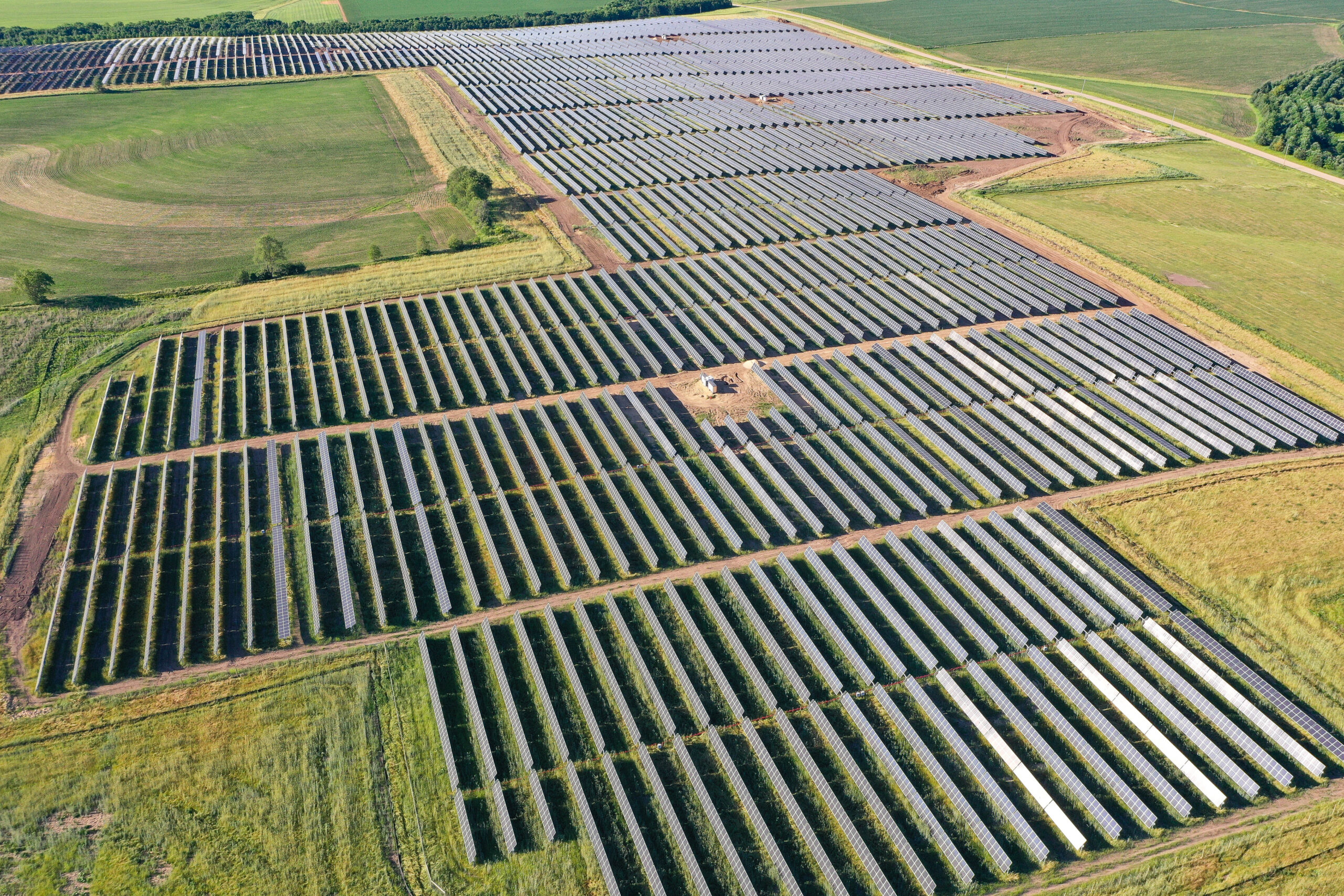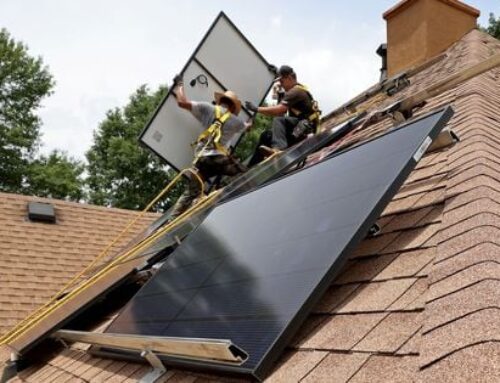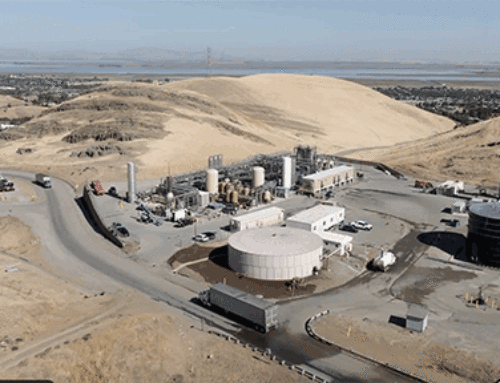Wisconsin utilities propose nearly $2B in renewable energy projects
October 2, 2024
Three of the state’s major utilities are planning to spend almost $2 billion on five renewable energy projects as part of their plans to cut carbon emissions and shift to clean energy.
We Energies, Wisconsin Public Service and Madison Gas and Electric filed plans with the Public Service Commission to build solar and wind facilities that would cost around $1.9 billion combined. The five projects are expected to power about 250,000 homes. They include 500 megawatts of solar, around 180 megawatts of wind and 100 megawatts of battery storage.
The wind and solar facilities are being built by developers Invenergy and Qcells USA. They include the Dawn Harvest Solar Energy Center in Rock County, Saratoga Solar Energy Center in Wood County, Ursa Solar Park in Columbia County, Badger Hollow Wind Farm in Iowa and Grant counties and the Whitetail Wind Farm in Grant County.
“As we close our older, less efficient fossil fuel plants, we’re replacing that with clean energy, and these projects are going to be an important part of doing that,” We Energies spokesperson Brendan Conway said.
We Energies would own 80 percent of the projects. WPS and MGE would each own 10 percent.
We Energies and WPS, which are owned by WEC Energy Group, plan to invest nearly $8 billion in renewable energy, natural gas projects and storage in Wisconsin. The Milwaukee-based company expects to save the two utilities’ customers more than $2 billion over the next two decades.

All three utilities plan to eliminate coal from their power mix by the end of 2032. As part of that, We Energies is retiring its last coal-fired units at its Oak Creek plant by the end of next year and converting its Elm Road Generating Station to natural gas by 2028. MGE also plans to retire more than 250 megawatts. The Madison utility owns a share of the coal plant in Columbia County that’s slated to shut down in 2026.
All three utilities plan to cut carbon emissions by 80 percent by 2030 and go carbon-neutral by 2050. That’s in line with Gov. Tony Evers’ goal for Wisconsin to produce carbon-free electricity by that date.
Andrew Kell, policy director for RENEW Wisconsin, said the projects are a significant step forward for the state.
“It’s a necessary initial first step towards a zero-carbon future by 2050, which the Paris climate accord and the state of Wisconsin say we need to get to in order to mitigate the impact of climate change,” Kell said. “This trend that we’ve seen over the last few years has seen renewable energy developers put forward projects before the Public Service Commission, mostly including solar and storage, but now wind projects as well.”
Stay informed on the latest news
Sign up for WPR’s email newsletter.
In 2022, wind projects made up around 19 percent of the state’s power mix, according to a draft of the state’s energy assessment. Solar accounted for about 3 percent of the state’s electricity generation.
Utilities plan to add 1,600 megawatts of new wind projects and 6,000 megawatts, or 6 gigawatts, of solar by the end of the decade.
To get to a zero-carbon future, a 2022 study by RENEW Wisconsin and others found the state would have to add 31 gigawatts of solar and 21 gigawatts of wind projects.
“There’s a lot more to go,” Kell said.
However, consumer advocates like Wisconsin’s Citizens Utility Board have voiced concerns about the pace and cost of the transition as utilities like We Energies retire coal plants and invest in renewable energy.
The utility is currently asking to raise electric rates 6.9 percent increase in 2025 and nearly 4.8 percent in 2026, which is due in large part to its energy transition. In a filing, the group said that means customers would pay about 36 percent more or roughly $40 extra per month in 2026 compared to December 2022.
In recent years, solar projects have also witnessed rising material and labor costs due the COVID-19 pandemic and tariffs.
While high labor costs are expected to continue, utilities say material costs are expected to level off as supply chains return to normal and developer source materials from areas not affected by tariffs. Conway added that the projects would also be eligible for federal tax credits under the Inflation Reduction Act.
Kell acknowledged concerns over costs of the transition, but he touted the benefits of shifting to clean energy. A follow-up study found producing 100 percent clean electricity would yield $46 billion in benefits and as much as $111 billion in benefits when reaching net zero emissions economy-wide.
Wisconsin Public Radio, © Copyright 2024, Board of Regents of the University of Wisconsin System and Wisconsin Educational Communications Board.
Search
RECENT PRESS RELEASES
Related Post




